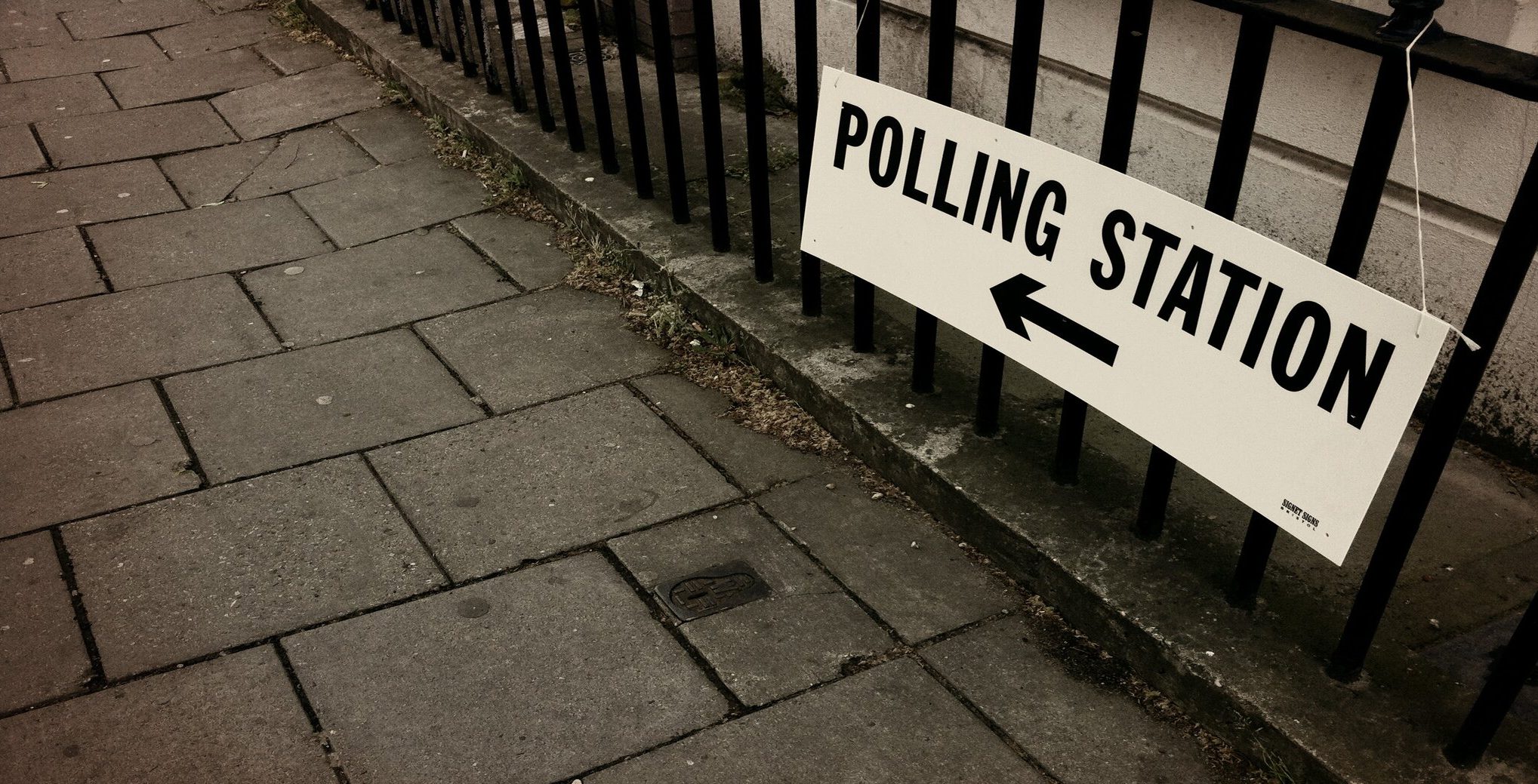The visa business: A report on the cost of visas for Kosovars in the period 2010-2012
May 6, 2013
The “Schengen Agreement” designed to eliminate internal border control was signed by seven EU members states and begun its implementation in 1995. Today, the “Schengen” area comprises all EU member states, except for Bulgaria, Romania, Cyprus, United Kingdom and Ireland. Norway, Switzerland, Island and Liechtenstein are not EU member states, but are part of the “Schengen” agreement. The creation of “Schengen” area led to the concept of external border of the EU, which implied a joint visa policy for countries out of this area. Through, secondary legislation,the EU has defined countries whose citizens need to be equipped with “Schengen” visa, in order to travel within the ‘Schengen” area. In 2011, 26 “Schengen” area states issued around 12.6 million visas for citizens out of the “Schengen” area.To date, all Western Balkan states (beside Kosovo), have signed agreements with the EU, which enables their citizens traveling to the “Schengen” area without visas. In the case of Western Balkans states, this agreement is often referred to as the visa liberalization agreement. Kosovo begun the dialogue on visa liberalization with the European Commission in January 2012 and received the visa liberalization road map in June 2012. This analysis of the Group for Legal and Political Studies (GLPS) and GAP Institute provides insights on the cost that Kosovo citizens face when applying to obtain a “Schengen” visa.
The visa business: A report on the cost of visas for Kosovars in the period 2010-2012

 Download PDF
06/05/2013
Download PDF
06/05/2013Share article
Latest Publications
December 16, 2024
Featured
The Quiet Power Broker: China in Serbia and Its Effect in the Dialogue with Kosova
October 2, 2024
Policy Analysis
Towards and Beyond 'No Means No': A Call for Reform in Kosovo's Approach to Rape Cases
July 30, 2024
Featured
The New Growth Plan for the Western Balkans: A look into the framework and promises
Related Espresso Insights
October 28, 2024
Espresso.Insights
From D.C. to the Balkans: Why America’s Choice Matters More than Ever?

July 20, 2024
Espresso.Insights
What Can We Expect from von der Leyen’s Second Mandate?




